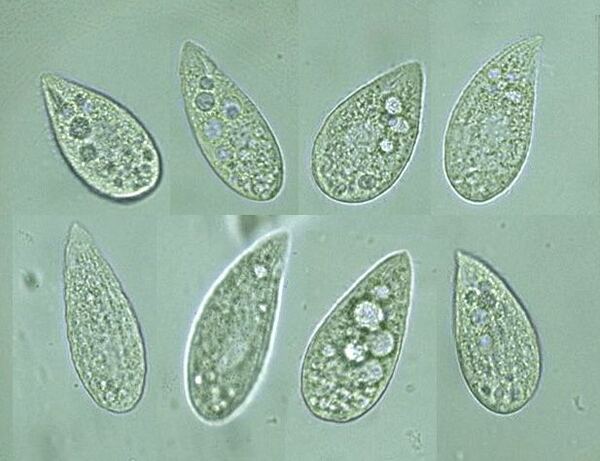Longer Exposure to 2% India Ink Increases Average Number of Vacuoles in Tetrahymena pyriformis
(1) Milton Academy, Milton, Massachusetts
https://doi.org/10.59720/19-011
Tetrahymena pyriformis are single-celled phagocytes that feed by forming food vacuoles in a process known as phagocytosis. The goal of this experiment was to examine to what extent exposure of Tetrahymena to India ink affects the average number of vacuoles formed. We hypothesized that the increase of feeding time would increase the amount of India ink food vacuoles per Tetrahymena in a linear fashion. By observing Tetrahymena vacuole formation in response to India ink over a 60-minute period, we found that that vacuole formation in Tetrahymena initially increased linearly with increased India ink exposure time. After a certain time, however, vacuole formation ceased due to either a lack of remaining ink or a deficiency in the energy or resources necessary to continue performing phagocytosis. The relationship between India ink exposure time and food vacuole formation also provides insight into correlated changes in metabolic rate in Tetrahymena and other organisms for which Tetrahymena serves as a model. The way in which Tetrahymena budget their energy over time between vacuole formation, metabolism, and the countless other biological processes necessary for survival, particularly when supplied a non-nutritional particle such as India ink, could also be important for further studies on various organisms’ reactions to food shortages.
This article has been tagged with: